This post is the last in a three-part series dedicated to teaching sports photography at all levels of competency. In part one I covered the basics for photographers who are just getting started. Part two was geared towards intermediate amateurs who have mastered the basics and want to gain additional competency to bring their images to the next level. This part is for advanced amateurs looking to enhance their existing skills and create professional-looking images.
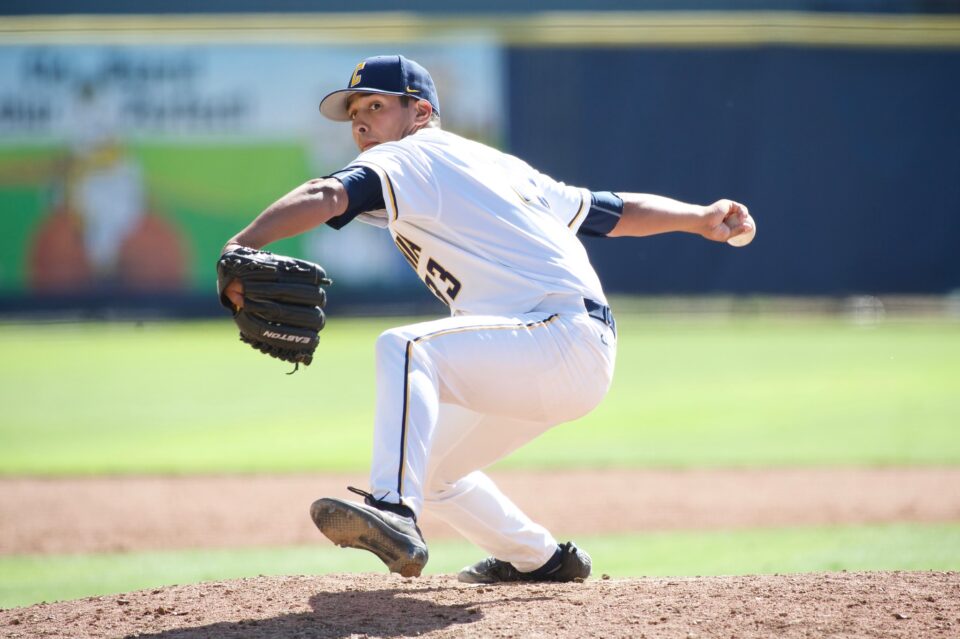
1) Composition
A well-composed sports image will quickly attract the viewer’s attention and hold it. Filling the frame with powerful subjects is the goal. The guidelines for composing a sports image are simple: create a balanced picture free of distractions that tells a story. Let us go through those one by one.
1.1) Balance
The easiest way to achieve balance is to put your subject in the center of the frame. Some photographers will balk at this assertion because they have been taught to rely on compositional tricks, such as the rule of thirds. Sports photography is distinct from other genres, like landscape or architecture, because the subjects we capture tend to be singular. With few points of interest we look to fill the frame from the center outwards. To be clear, the subject(s) should fill the frame, not just occupy a small area in the center.

1.2) Distractions
Sports images should capture the viewer’s attention immediately, and keep it. Maintaining attention means eliminating distracting elements, such as bright spots in the background or a mishmash of subjects. An easy way to remove distractions is to blur the background using a long, fast lens. But, do not stop there. Fast telephoto lenses only downplay distractions. One must rely on their shooting position to keep distracting elements out of the frame. Fences, porter potties, and cars are examples of distracting elements. Try low and high shooting positions to see what works best.
1.3) Telling a Story
Balanced and distraction-free images may sound boring, and that is because without an interesting subject they would be. The key is to frame a scene, whether it be one player or many, where action is taking place in a meaningful way. Here is a bad and a good example of story telling:
Bad: A pile of football players attempting to gain control of the ball. Chances are that there will be no clear subject, making the image uninteresting.
Good: Two soccer players with visible, emotional faces vying for control of the ball.
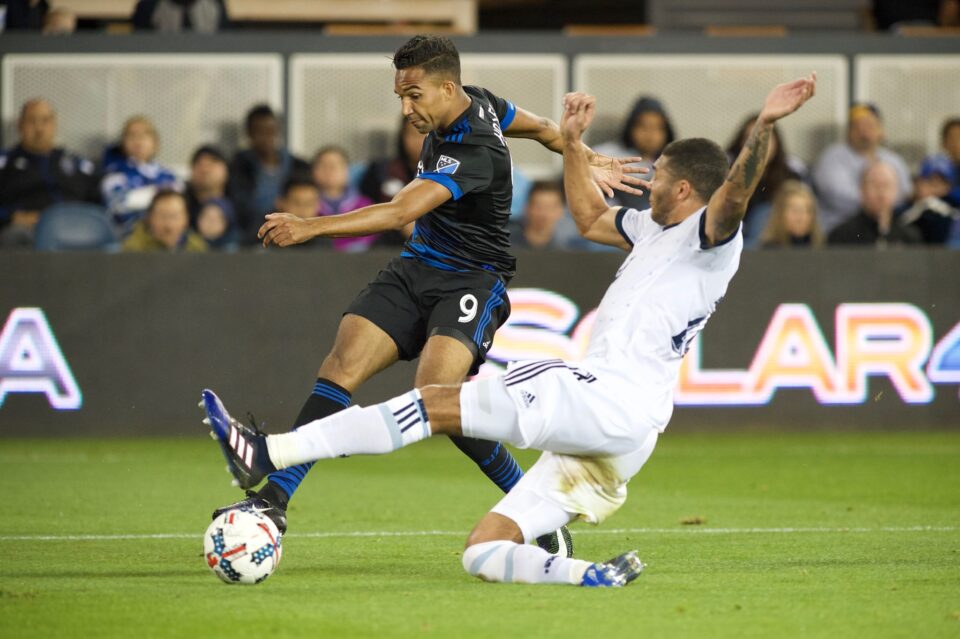
2) Post-Processing
One of the easiest ways to make your pictures stand out against the crowd is to do some quick and easy touch-ups in an image editor. I do not advocate for Photoshop-style image manipulation, but some cropping and lighting adjustments can do wonders. Here is my recommended process:
- Make a selection of your best images from the event. I will shoot about 1000 images and choose no more than 50 to send to an organization/client.
- Crop and straighten your images. A straight horizon and some cropping will do wonders for your composition.
- Adjust brightness and white balance, if needed. Most images can benefit from boosting shadows, dimming highlights, and making colors look natural.
- Add a touch of sharpness. Most digital cameras have an anti-aliasing filter that prevents moire patterns, but slightly reduces sharpness. Make your subjects look crisp.
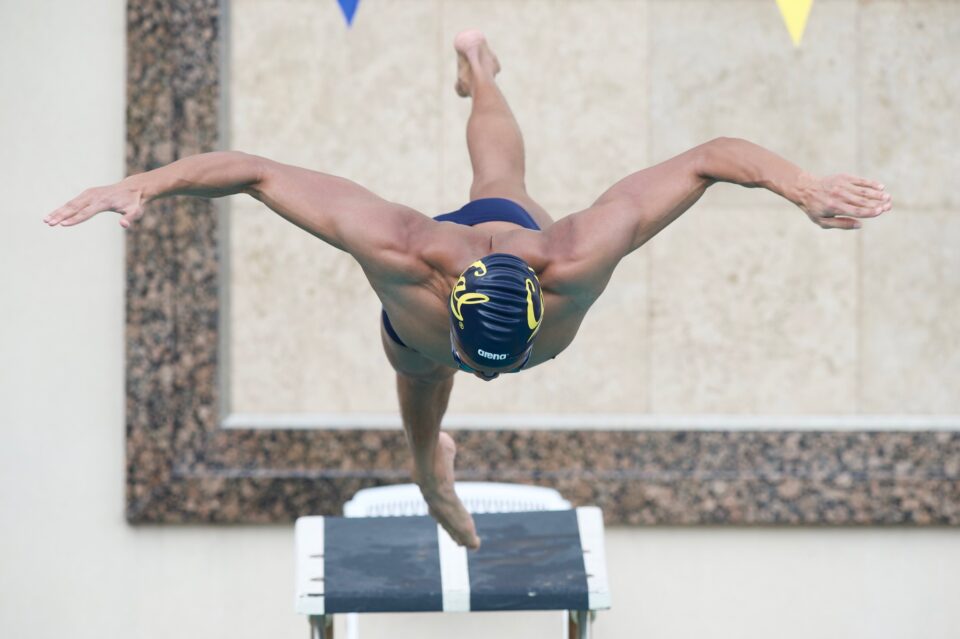
3) Equipment
In the first two parts of this series I attempted to downplay the importance of good gear in sports photography because I feel that most photographers would be better served by improving their skills than buying fancy cameras. However, there comes a point when gear, not skills, holds you back from accomplishing your goals.
3.1) Camera Bodies
Full-frame: If you are not already in possession of a full-frame body, it is time to get one. The simple fact is that a full-frame sensor has over two times the surface area as an APS-C sensor, leading to about twice the image quality. This is especially important for indoor sports where light-gathering ability is at a premium.
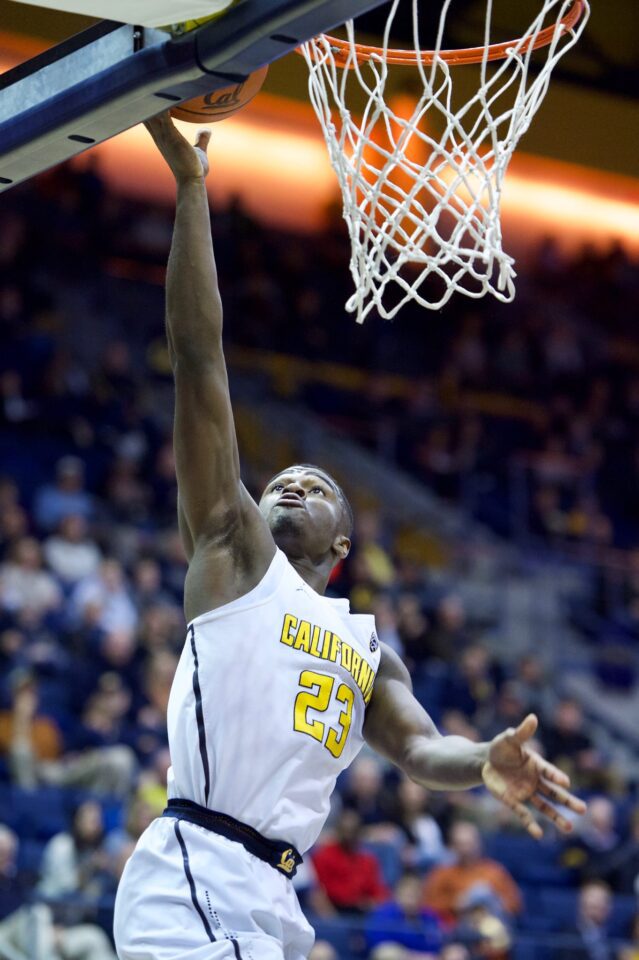
Frame rate: I am not a big advocate of the “spray and pray” methodology for capturing sports images. Good timing is more important than your camera’s frame rate. However, if you can capture more frames in a burst you are more likely to get a keeper image. Consider bodies capable of six or more frames per second. If you can get above ten, that is wonderful.
Physical size: Professional/flagship camera bodies (Nikon D5, Canon 1D X) are much larger than your typical camera. They feature a vertical grip, enhanced weather sealing, huge battery life, and other features not seen on most other cameras. Large bodies with built-in vertical grips make handling large lenses (200mm f/2.8 and larger) easier than when using a small body. For example, I can hand-hold my D4s and 300mm f/2.8 for extended periods. It is more difficult to do that with the much smaller camera bodies that do not balance well with large lenses.
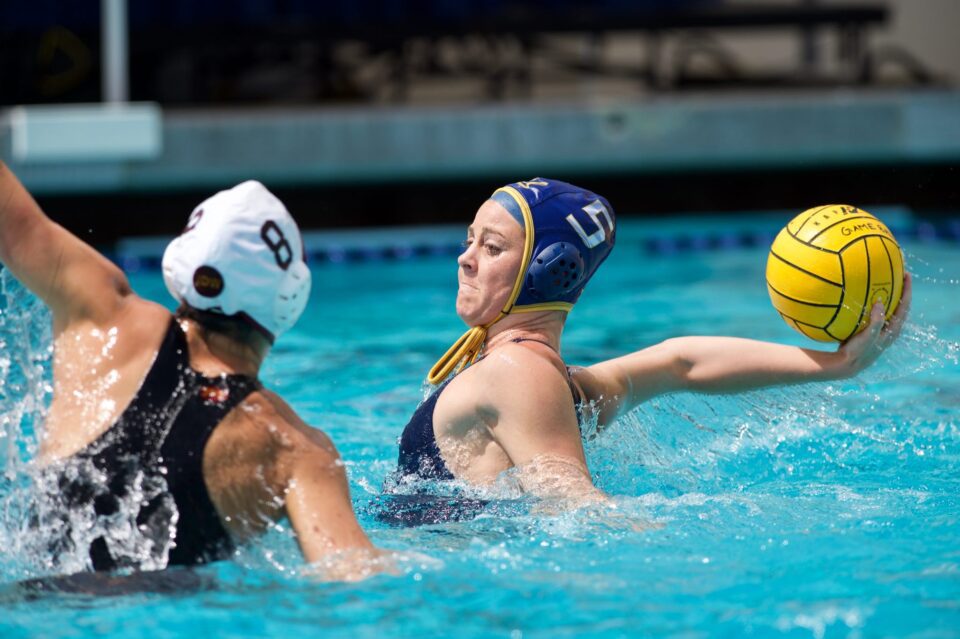
Multiple bodies: Switching out lenses is not only time-consuming, it puts your gear at risk of collecting dust and dirt internally. I recommend using two bodies at any event where you expect to be creating images with subjects close by and far away. For example, during basketball games I will put a 70-200mm f/2.8 on one body and a 24-70mm f/2.8 on the other. The ability to switch between two cameras opens up many possibilities.
3.2) Lenses
Wide and normal: A 24-70mm f/2.8 lens works well for sports that compete in relatively small venues. Swimming and basketball are two examples of sports where photographers can get close to the athletes and make use of wide and normal focal lengths. I have used my Nikon 24-70mm f/2.8G to shoot team huddles, swimming turns, basketball action close to the baseline, and venues/fans on the sidelines.
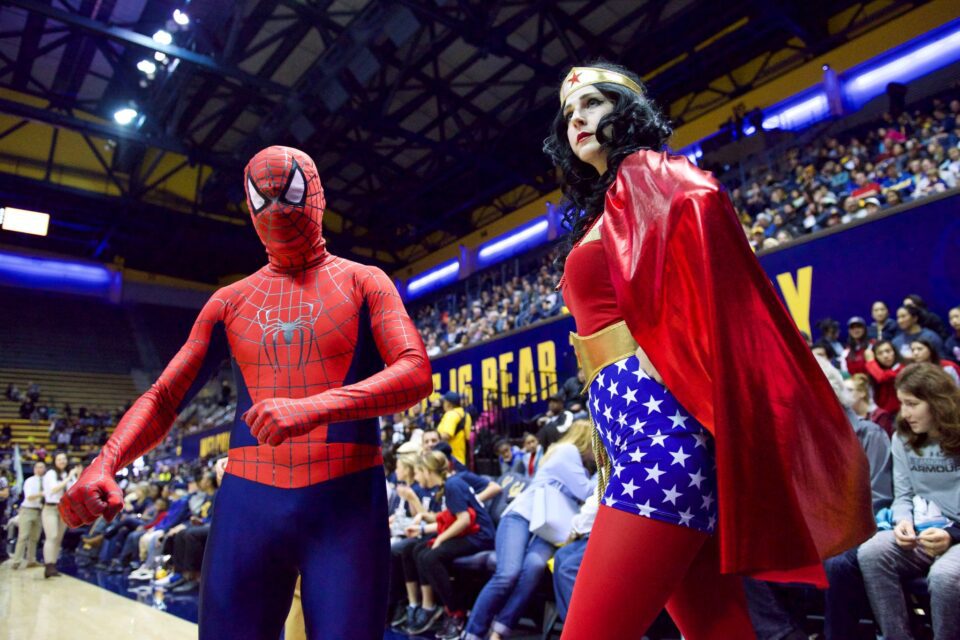
Telephoto: If you do not already have a good 70-200mm f/2.8, then you need to get one. Not only does this lens work well for most sports, it is a great general-purpose telephoto. This focal length is appropriate for just about any sport where action does not take place too far from the sidelines, like baseball. For a bit of extra reach you can add a 1.4x teleconverter to get an effective 100-280mm f/4. Another option for photographers working in extremely low light environments is a prime telephoto, like an 85mm, 105mm, 135mm, or 200mm. These primes offer a larger maximum aperture than a zoom at the cost of being less versatile. Be careful because huge apertures reduce depth of field which makes fast focusing a challenge.
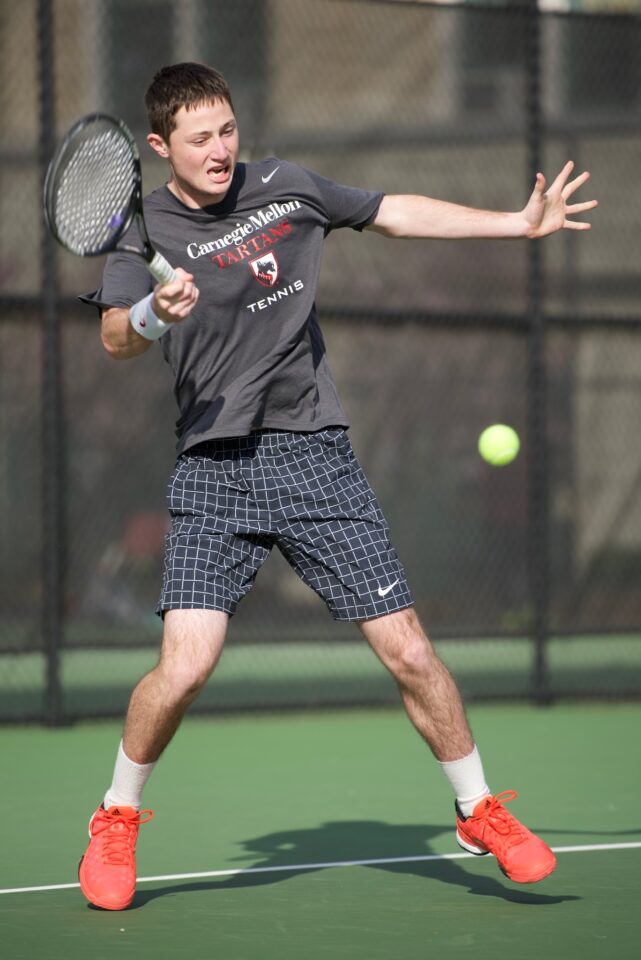
Super-telephoto: Even though you can get pretty good results when limited to 200mm, I would advise serious amateurs to consider a super-telephoto lens to improve their ability to get tight shots of subjects from long distances. I chose to buy a Nikon 300mm f/2.8G VR II plus 1.4x and 2.0x teleconverters. Having a light-weight 420mm f/4 and 600mm f/5.6 with good image quality made it possible for me to get some really tight baseball shots this spring. If you primarily shoot field sports, then you might consider a 400mm f/2.8. The downside to this lens is its huge cost and weight. Photographers that work mostly in daylight might enjoy the versatility of a zoom, like Nikon’s 200-500mm f/5.6 or Canon’s 100-400mm f/4.5-5.6.
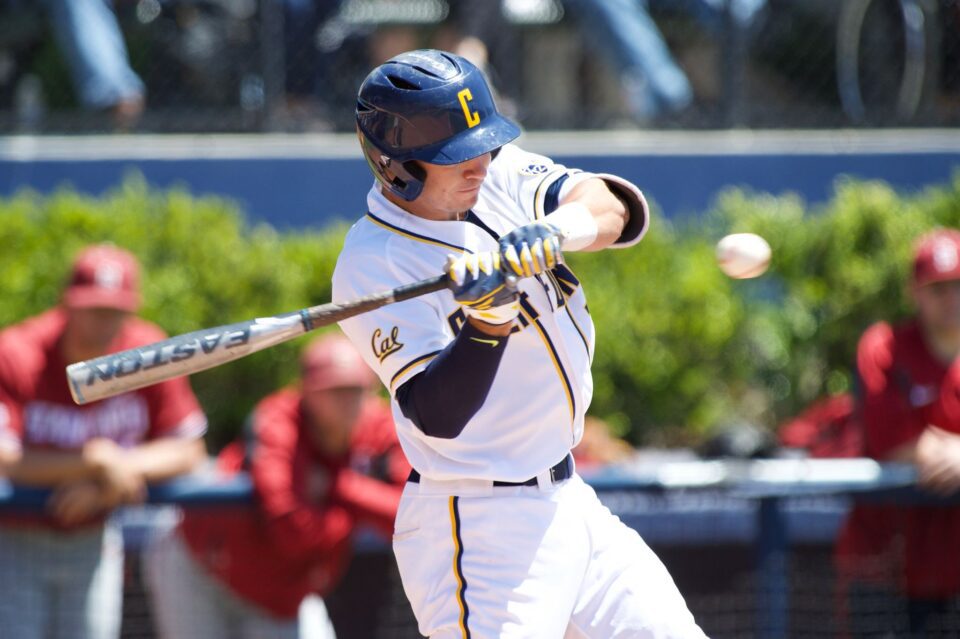
3.3) Accessories
Sports photographers should be prepared to deal with any weather conditions, from freezing rain to blazing sun. Here are some accessories you might consider using:
Hat: I wear a Tilley hat to most outdoor events to protect myself from sun and rain.
Gloves: A warm pair of gloves is critical for cold environments.
Plastic covers: Most professional camera gear is resistant to moisture, but do not take this for granted. Get a few cheap plastic covers to save you the headache of a waterlogged lens when shooting in the rain.
Folding stool: I do not have one of these, but I often wish I did. Sitting on the ground for long periods of time can get uncomfortable.
Monopod: If you are using a heavy lens, then you need a monopod to save your muscles. You can get a good carbon fiber monopod for less than $ 200, and aluminum for under $ 100.
ExpoDisc: If you commonly shoot in tough indoor lighting, a custom white balance tool can be helpful.
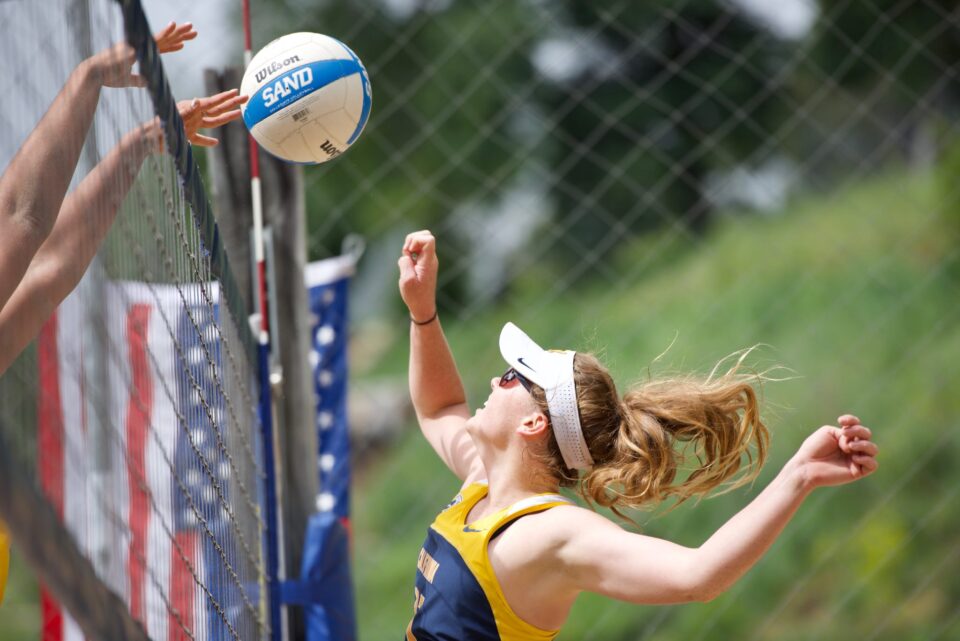
4) Finding Events
If you do not have children that participate in sporting events, then you may be wondering how to get involved with a team. For most of us, sports photography is a hobby and not a full-time job. The best way for hobbyists to find events is to make connections in their community. Friends involved with athletic teams and fellow photographers are great assets. Through these connections you can find opportunities to shoot.
If you are new to an area or are otherwise scarce on connections, then consider reaching out to high schools and colleges in your area. Many of these organizations will welcome you to their athletics events in exchange for free photographs. Ideally, you should be able to show a basic portfolio when you make contact with the organization. Explain who you are and why you are interested in shooting for them.
Note: Some professional photographers dislike the practice of others giving away images free of charge. From my experience, most photographers at college and high school events are amateurs. Major league sports tend to have very few amateurs, and this is where professional shooters should focus their attention.

5) Event Format
It is best to get to athletic events early in order to sign in and/or get your credential and get settled before the action starts. Say hello to your contact on the team, and ask what locations you may shoot from in order to avoid issues when the action starts. Be respectful of the athletes, coaches, officials, staff, and fans. Your job is to capture the action, not to become part of it. After the event, if you are shooting for an organization, then getting your photos sent or uploaded in a timely manner is important.
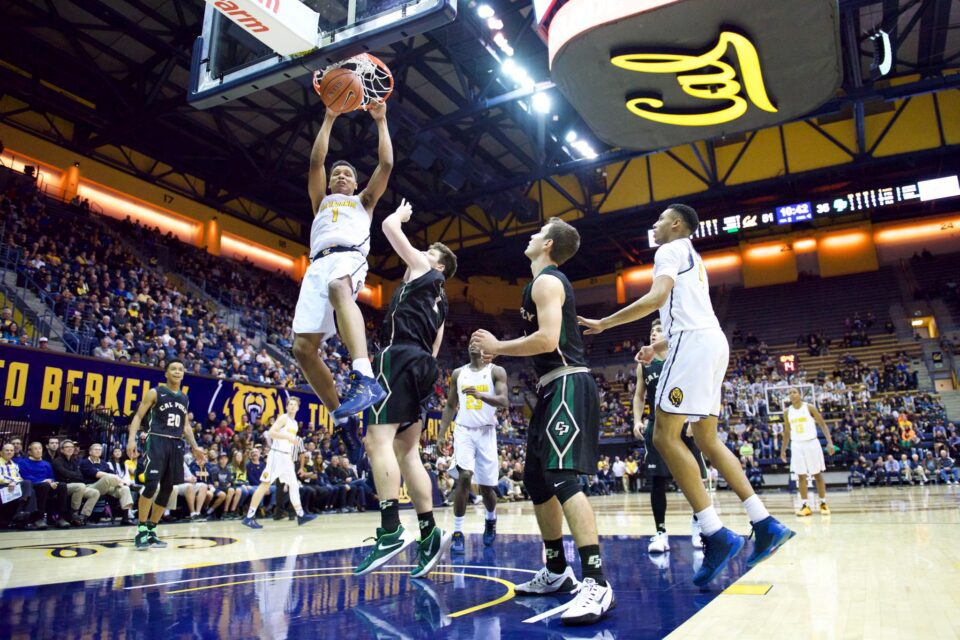
6) Closing Words
I hope that you have enjoyed the final addition to my three-part series about sports photography. My goal in writing these articles is to provide helpful information to sports photographers at all ability levels. Sports photography is so much fun; getting close to the action and capturing iconic moments can be more rewarding than just watching the game. If you have questions or feedback I would welcome them in the comments section below.
The post Advanced Sports Photography Tips appeared first on Photography Life.






